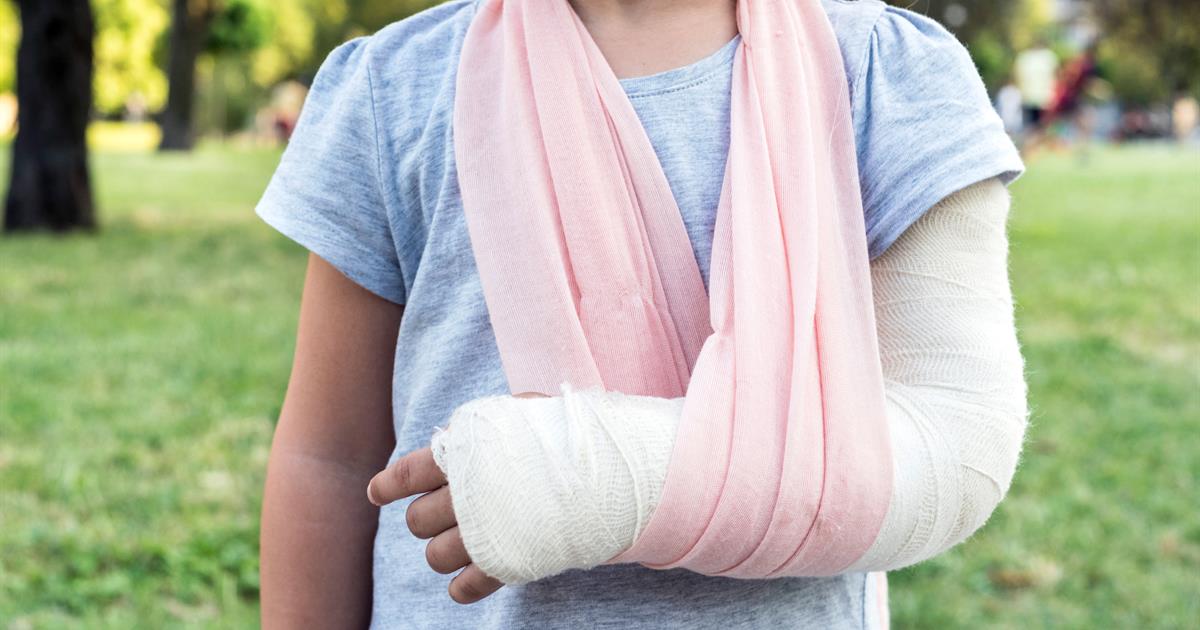Causes And Risk Factors Linked To Avascular Necrosis
Avascular necrosis occurs when blood flow to a bone is cut off, resulting in the death of the affected bone tissue. Also known as osteonecrosis, bone infarction, and aseptic necrosis, this condition most often affects the hips, knees, shoulders, spine, and wrists. Some patients may develop avascular necrosis on both sides of the body. Typically, the only symptom is joint pain, and this may occur even while the patient is resting. If left untreated, avascular necrosis can cause the bone to collapse, resulting in arthritis and the need for joint replacement surgeries.
This ailment is most commonly diagnosed in patients between twenty and fifty years old, and an estimated twenty thousand new cases of avascular necrosis are diagnosed in the United States each year. To diagnose this condition, doctors perform a physical exam to check for pain and range of motion in the joints. MRI scans, CT scans, x-rays, and bone scans are needed to confirm the diagnosis and assess the condition's severity. Treatment focuses on preventing additional bone loss, and both medications and surgery may be necessary.
Gaucher's Disease

Gaucher's disease is an inherited condition that causes an enzyme deficiency. This deficiency affects the GCase enzyme and increases a patient's risk of avascular necrosis. Gaucher's disease causes diminished blood flow to the bones, and patients often experience bone pain that may be severe. In addition, patients with this disease have fragile bones that fracture much more easily than the bones of healthy individuals.
There are three types of Gaucher's disease, and type one is the most prevalent form in Western countries. Patients with this form of the condition have a normal life expectancy and an excellent prognosis. Treatment includes GCase enzyme replacement therapy, which patients normally receive as an intravenous infusion once every two weeks. A newer treatment called substrate reduction therapy uses oral medicines and may be a more convenient option for some Gaucher's disease patients.
Trauma To The Joints And Bones

Trauma to the joints and bones can interrupt blood circulation and result in bone death. For example, injuries such as fractures and dislocations may damage blood vessels close to the affected joints, which could compromise blood flow. For this reason, patients who have experienced a fall or other injury should have a prompt assessment with their clinician. To assess trauma to the joints and bones, doctors can perform x-rays, CT scans, and other imaging studies, and patients may need to be referred to an orthopedic surgeon for specialist care.
To reduce the risk of avascular necrosis following trauma, doctors may recommend braces and other assistive devices that reduce the weight placed on the affected joint. Treatments to stimulate the growth of new bone may be advised, and surgical options such as bone grafts, joint replacements, core decompressions, and osteotomy might be appropriate.
